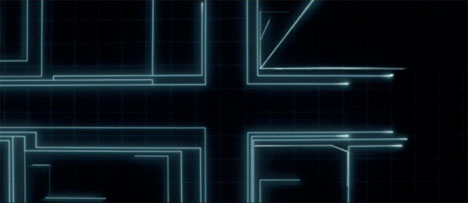Welcome to the Grid
The Bible doesn’t set systematic theology and biblical theology in opposition, but rather employs a combination of both: systematic typology. It consistently gives us architectural spaces and fills them with things. Systematic theology provides a helpful list of similar things, and biblical theology can trace the maturation of particular ideas, but what if the text itself gave us a way of combining the two, using them as “spatial coordinates”?
The text is a room with furniture in it, and everything is in its place. Every line of Scripture has two coordinates, an X and a Y, a systematic “thing” and a textual position. Its meaning is found not only in what it says but where it is located in the passage. How do you know that this line of Scripture is a fruit bowl and not a mixing bowl? Because it is on the dining table and not in the kitchen.
Disputing theologians spend so much time hurling isolated texts at one other without any reference to literary structure as one of the author’s channels of communication. This process sorts out the systematic oddities answers just about any theological debate where there are two or more views on a given text. It also exposes the abuses of typology, the “drive-bys” that have given it a bad name. Every type is part of a “musical” process, so when abused it will stand out like a kazoo in a Bach violin partita.
On that note, here’s the draft preface for Bible Matrix III.


























